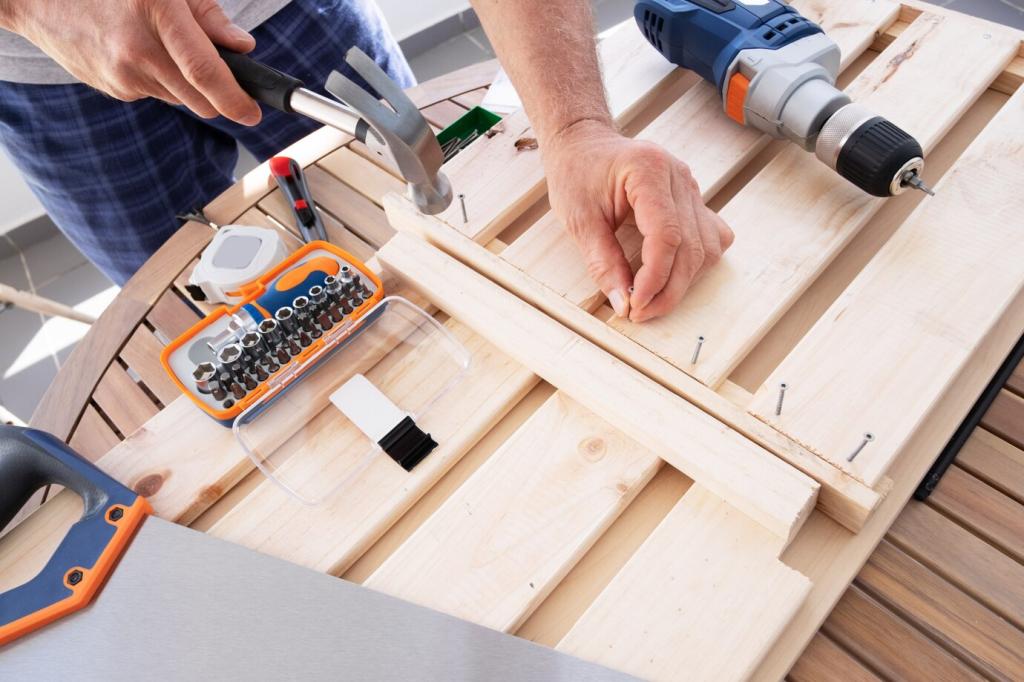The Near Future of Nano Upholstery
Researchers explore titanium dioxide coatings that activate under light to break down organic residues. For upholstery, gentle formulations and indoor-light activation are essential. We will share trials when home-ready options arrive. Subscribe to be first to see field results and everyday practicality checks.
The Near Future of Nano Upholstery
Electrospun nanofiber layers can create breathable barriers inside cushion liners, catching dust before it reaches the surface. Imagine fewer deep cleans with airflow preserved. Would you try an insert upgrade test on a side chair first? Vote in our upcoming poll and tell us why.


